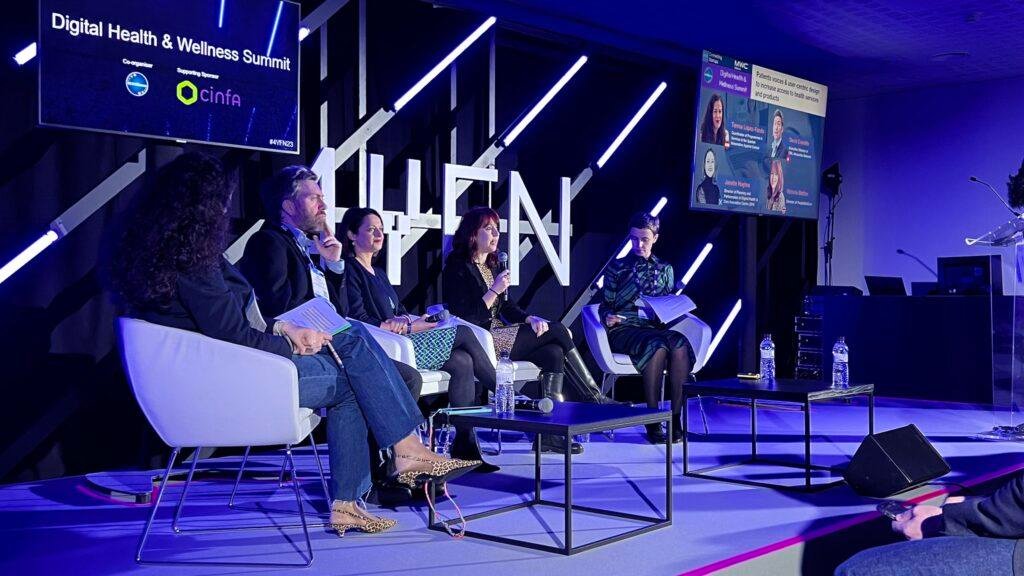
Specific Challenge:
Approximately 5,000-8,000 distinct rare diseases (RD) affect 6-8% of the EU population i.e. between 27 and 36 million people; 263-446 million people are affected globall. Despite scientific advances, in Europe, the fact remains that fewer than 10% of RD patients receive treatment and only 1% are managed using an approved treatment. Delivering effective treatments to RD patients where the prevalence is low has been described as one of the major global health challenges of the 21st century. One of the main challenges for RDs is related to diagnosis because RDs are characterised by a broad diversity of syndromic disorders and symptoms that vary from disease to disease and from patient to patient suffering from the same disease. In isolation, these symptoms can be very common, leading to misdiagnosis. Altogether, this leads to a lengthy and burdensome path to diagnosis that can take, on average, take eight years[1], often involving pointless treatments, creating a heavy human and societal burden that could be avoided by earlier diagnosis.
Scope:
The overall objective of this call topic is to shorten the path to RD diagnosis by using newborn / paediatric (infants during their first weeks of life) genetic screening; and, via application of advanced digital technologies that enable rare disease diagnosis / identification. The latter might require consolidation of existing fragmented efforts.
The specific objectives are:
Assessment and development of a comprehensive, strategic overview of existing converging RD resources e.g. databases, registries (such as the EU RD platform), natural history projects, platforms, reference networks, rare disease academic centers of excellence (e.g. European Reference Networks (ERNs)), and initiatives for evaluation / identification of potential collaboration and synergies;
Federation of available RD databases into a RD metadata repository amenable to machine learning or other advanced digital tools;
Co-creating a sustainable strategy for newborn genetic screening and pilot it. This could start directly after achieving objective 1;
Based on the output of objectives 1 & 2:
a) Repurposing of pre-existing diagnosis AI algorithm to identify early onset RD patients in electronic health records (EHRs). This will include at least 3 pilots in better-known rare diseases (with the understanding that solutions and algorithms developed or adapted should be amenable or made amenable to be emulated for larger sets of better-known RDs) where more robust data is available to train and test the AI algorithm(s), and / or;
b) Design and development of new AI algorithm(s) to achieve the above goal.
Based on insights generated by objectives 1, 2 & 4, either repurposing or development of a broad AI RD diagnosis “symptom checker” to help undiagnosed RD patients going from one health care provider (HCP) to another. In addition, exploration of further viable options to implement the symptom checker in actionable solutions for HCPs and patients.
Expected Impact:
In their proposals, applicants should describe how the outputs of the project will contribute to the following impacts and include, wherever possible, baseline, targets and metrics to measure impact.
The Rare Disease conundrum:
Despite the recent rise in RD research and development, most RDs remain under-studied, and therefore under-treated / cared for. This can be attributed for the most part to:
- Patients are not identified / diagnosed;
- Lack of epidemiological data;
- No natural history of disease data;
- No validated endpoint / patient-reported-outcomes (PROs);
- Patient are rare, experts are even rarer.
- This has the pernicious additional effect of blunting interest in diagnosis / screening initiatives, as it would lead to patients being diagnosed with no concrete medical or clinical option. This poses an ethical challenge, which unfortunately feeds the conundrum. This has been identified as a major problem for the rare disease community.
This Call topic anticipates the following benefits:
- For patients:
- Decreased time to the right diagnosis;
- Improved patient journey;
- Better healthcare;
- Increased quality of life;
- Decreased irreversible organ damage;
- Access to their own healthcare data.
- For healthcare:
- Implementation of digital transformation in healthcare;
- Paradigm change in rare disease diagnosis;
- Improved diagnostic tools;
- Improved understanding of disease;
- Higher accuracy in clinical decisions;
- Better care delivery;
- Integrated care among different specialties.
- For research:
- Advances in utilisation of digital technologies;
- Increased disease knowledge for future research;
- Improved data availability for future research.
- For society:
- Decreased burden for family and carers;
- Increased trust in the healthcare system;
- Better use of data for public health;
- Improved value-based healthcare.
- In their proposals, applicants should outline how the project plans to leverage the public-private partnership model to maximise impact on innovation, research & development; regulatory, clinical and healthcare practices, as relevant. This could include a strategy for engagement with patients, healthcare professional associations, healthcare providers, regulators, health technology assessment (HTA) agencies, payers etc., where relevant.
In addition, applicants should describe how the project will impact the competitiveness and growth of companies including SMEs.
In their proposals, applicants should outline how the project will:
Manage research data including use of data standards and, to the extend relevant, the data standards developed by the European Joint Programme on Rare diseases (EJP RD) and the EU RD platform193 for research and registries data respectively, as well as the use of EUPID;
Disseminate, exploit, and sustain the project results. This may involve engaging with suitable biological and medical sciences research infrastructures;
Communicate the project activities to relevant target audiences.
